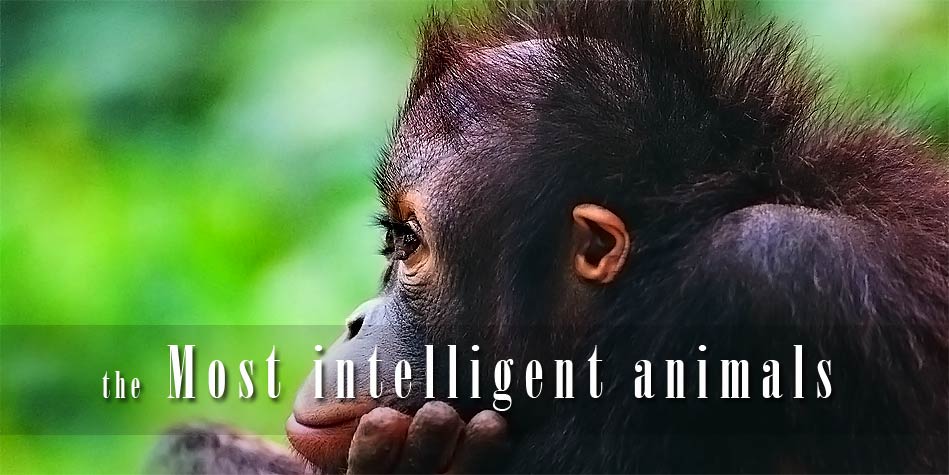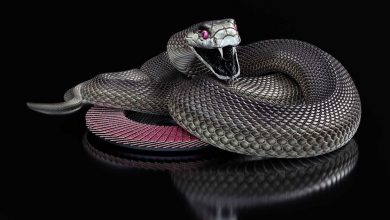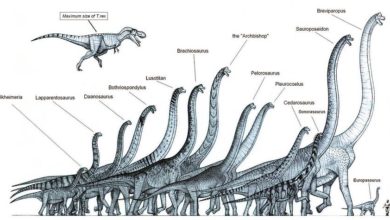Eurasian magpie (Pica pica)
The common magpie (Eurasian magpie) is one of the most intelligent birds. Similarly to the Western jackdaw (Coloeus monedula), it has a big nidopallium – an area in the brain used for many executive functions and solving cognitive tasks. The nidopallium to body rate is similar to the chimpanzee or human one. It means that the magpie is more intelligent than many apes, e.g. gibbons.
As in other corvids, the brain-to-body ratio is equal to the one of most hominids and cetaceans. The mirror test has shown that the magpie is self-aware – this is a characteristic feature only of some mammals and several animals of other phyla.
There have been many sophisticated social rituals observed in the magpie, such as showing sadness. The bird can also make tools and store food. For this purpose, it uses episodic memory, own experiences, and the ability of predicting the behaviors of other representatives of the same species. The parent can also portion food for its offspring, bearing in mind its size.
In captivity, magpies imitate human speech and use their own tools for cleaning their cages. In the wild, they form so-called gangs and use complex hunting strategies. The cognitive skills of the magpie are considered evidence that its intelligence has evolved independently from other corvids and primates.















